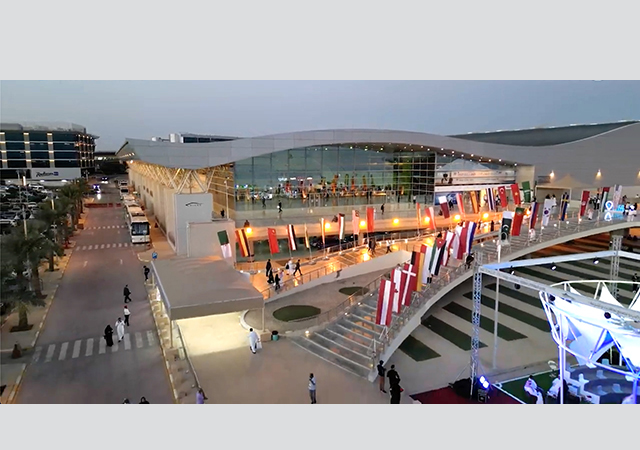
 Checking moisture content in wood ... a key to keeping structures healthy.
Checking moisture content in wood ... a key to keeping structures healthy.
One of the most important factors affecting the performance and properties of wood is its moisture content.
The amount of water present in wood can affect its weight, its strength, its workability, its susceptibility to biological attack and its dimensional stability.
The UK-based Timber Research and Development Association (Trada) estimates that more than 80 per cent of the in-service problems experienced with wood are in some way related to its moisture content.
Living trees and freshly felled logs contain a considerable amount of water, which s an essential chemical constituent of the wood. About a quarter, maybe more, of the water in wet wood is chemically bound in varying degrees to the wood fibres; the rest is present as ‘free’ water in cell cavities. A piece of wet timber whose weight is half dry wood and half water is said to have a moisture content of 100 per cent. Shrinkage occurs as wood dries out, but not immediately.
The main advantages of drying wood are to:
• Prevent decay that could occur if it is kept at high moisture contents for long periods. However, some susceptible timbers will suffer from mould staining, even if they remain wet for only a short a period of time. Ensuring that timber is at a moisture content of 20 per cent or below will prevent decay or discoloration;
• Avoid dimensional changes in service. Wet wood will usually dry out in service, which causes lateral shrinkage but possibly also distortion. Pre-drying allows the wood to avoid these inevitable dimensional changes in service;
• Save weight during transportation;
• Facilitate machining;
• Enable strong glue joints to be made;
• Allow preservatives to penetrate; and
• Increase the loads that timber can carry.
There are two main methods of drying timber: air-drying and kiln-drying. Specifiers should note that the terms ‘air-dried’ or ‘kiln-dried’ refer to the process used and do not infer any specific moisture content value of the timber, unless this is quoted.
Timber drying is a relatively slow process, which may take days or months, depending on the species of timber, its thickness and the drying facilities used. Timber that is dried in a kiln is usually given a ‘conditioning treatment’ at the end of the process to even out the distribution of moisture in the pieces. Failure to do so can cause problems if the timber is subsequently re-sawn.
If the moisture content is uneven throughout the piece of timber, lengthwise sawing or deep machining will result in distortion. This may occur immediately, as the stresses set up during rapid drying are released, or more slowly as the newly cut surfaces themselves dry out. Components dried in the shape in which they are to be used are less likely to be affected by this variation in moisture content.
Timber is often specified because it is a natural material. However, it is important to understand that by its nature it is ‘hygroscopic’, that it, it will lose or gain moisture depending on the temperature and humidity of its surroundings.
The response of timber to changes in temperature and humidity is quite slow, though. In general terms, changes in the moisture content of timber in buildings are measurable on a seasonal basis, rather than in terms of days or weeks.
Movement
Movement is the term for dimensional change in timber that results from daily or seasonal changes in the equilibrium moisture content (EMC) after initial shrinkage has taken place. The extent of movement for a given change in moisture content varies between species, as can be seen in Table 1, which indicates the movement values of a number of common species. The classification signifies: small: under 3 per cent; medium: 3.0 per cent to 4.5 per cent; and large: over 4.5 per cent.
If timber is put into service at a moisture content higher than it is likely to reach in time, two interrelated problems can occur. One is shrinkage and the other is distortion. Careful design to accommodate anticipated movement, coupled with the correct specification of the moisture content and quality of timber will minimise the risk of such problems. Where movement tolerances are critical, such as for high-quality joinery work, a timber with small movement characteristics should be considered.
Consideration should also be given to the conditions in a building when timber items are installed. Flooring, joinery, furniture and any wood supplied at relatively low moisture contents should, as far as possible be delivered and installed after the building has dried out.
* Trada Technology is an independent consultancy company and prior to 1994 was wholly-owned by Trada, an internationally-recognised centre of excellence on the specification and use of timber and wood products. It is now a member of the TTL Chiltern Group of companies and is Trada’s appointed provider for its research and information programmes and for the administration of its membership services. Trada Technology also provides a wide range of commercial and training services to Trada members and to the timber and construction industries.
Further information can be obtained from www.trada.co.uk. Useful Wood Information Sheets: Moisture in Timber and Care of timber and Wood-based Products on Building sites.


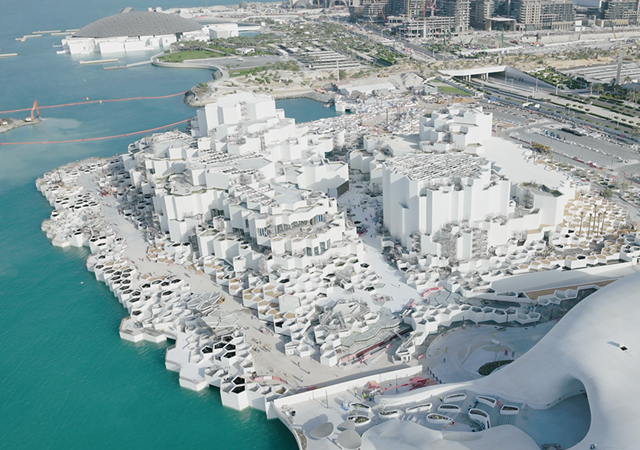


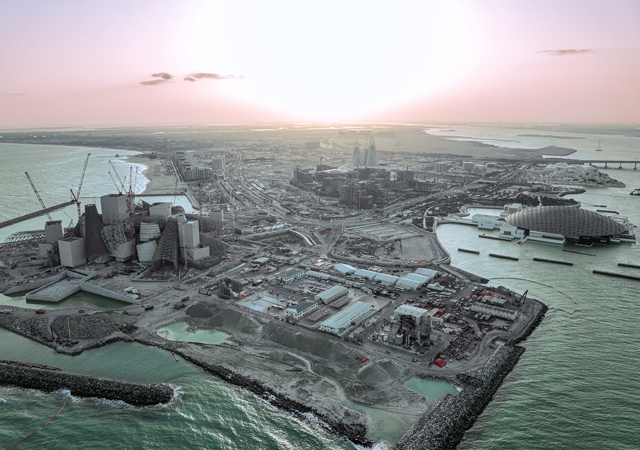


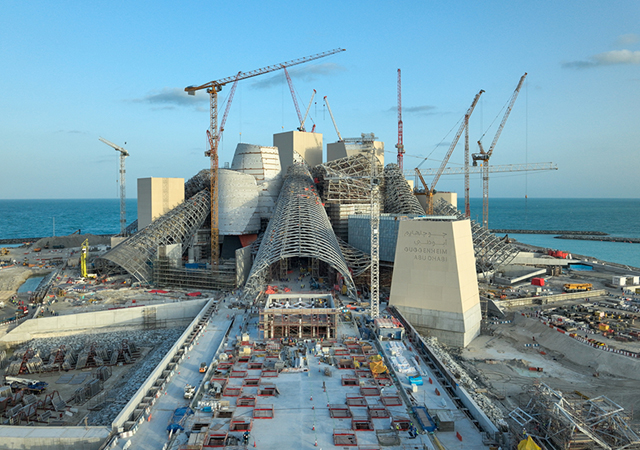
.jpg)

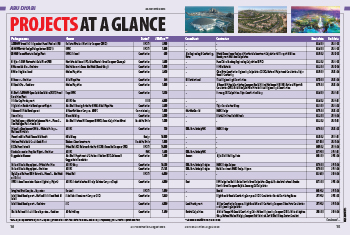


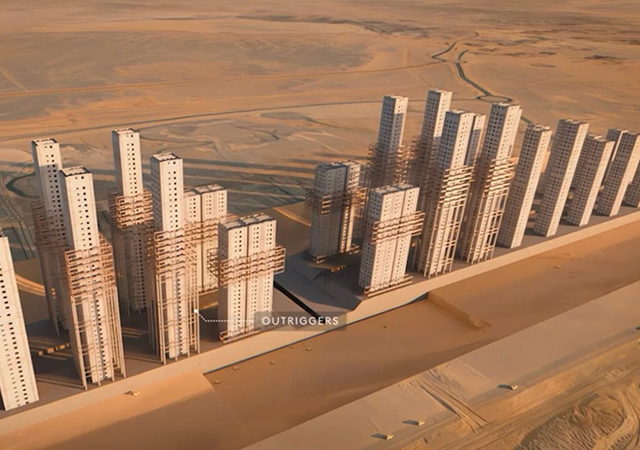
.jpg)
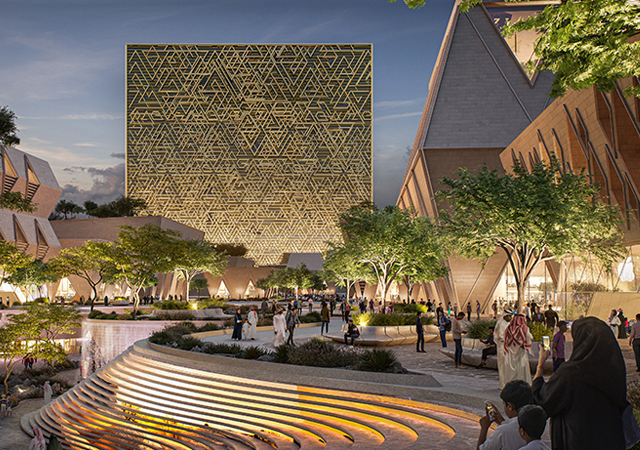
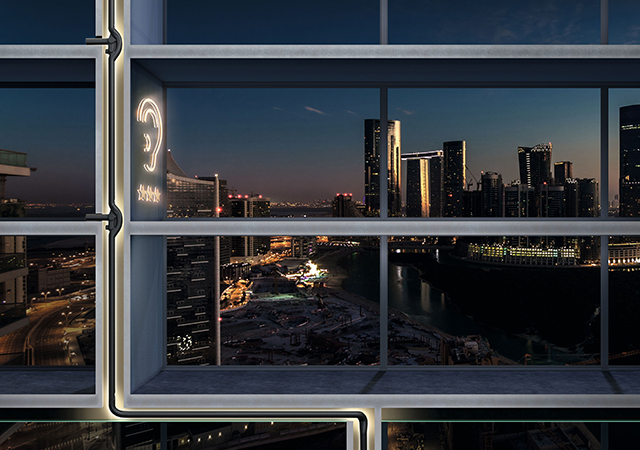
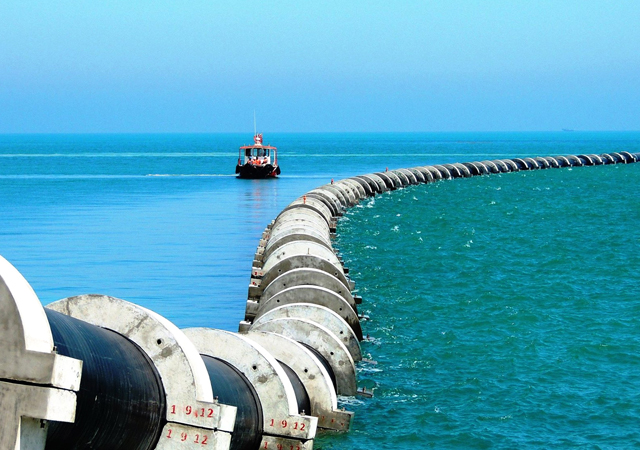



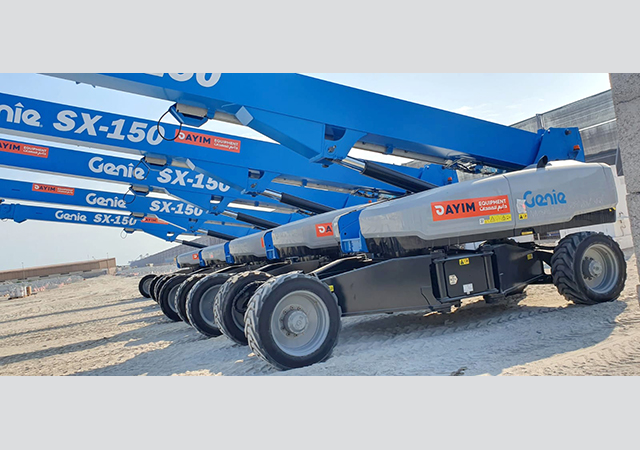
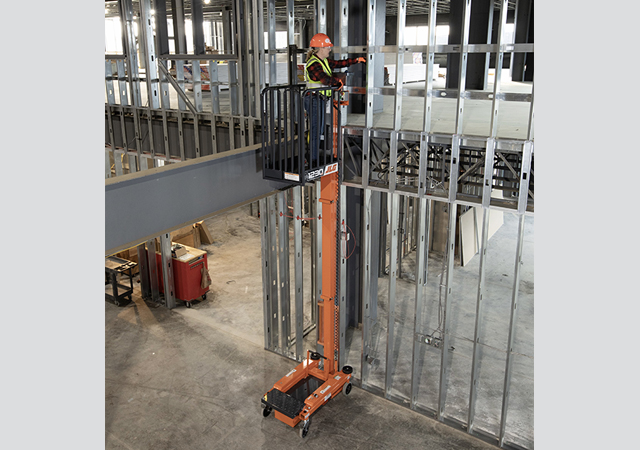

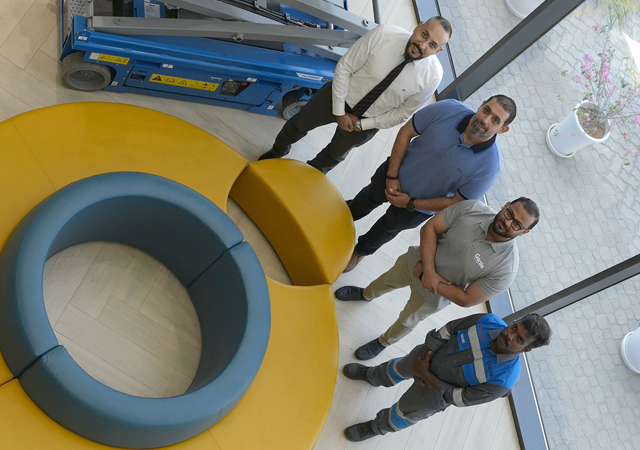

Doka (2).jpg)
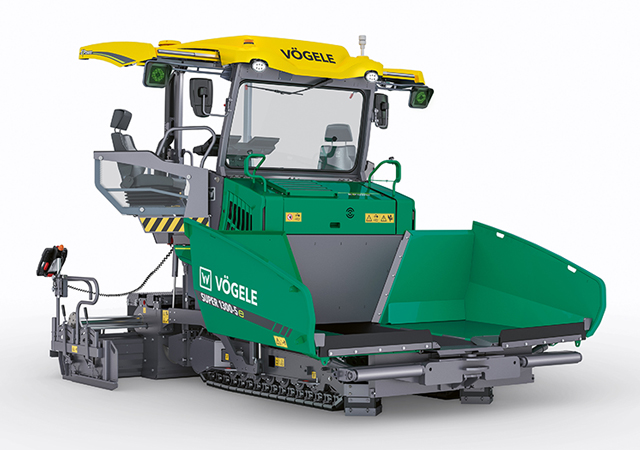



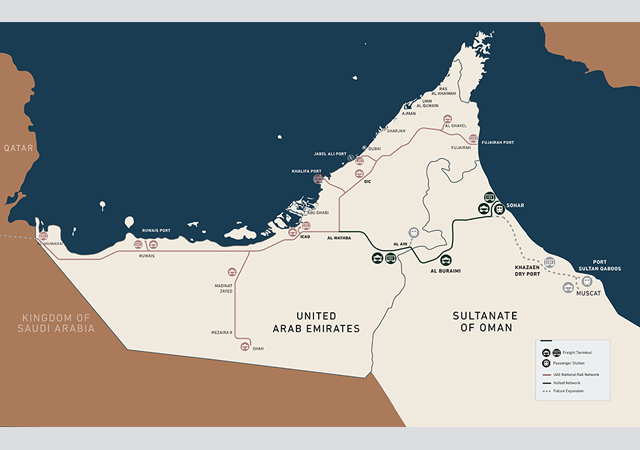
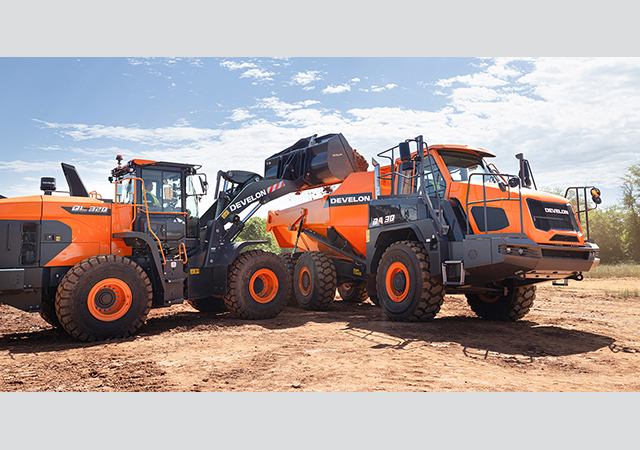



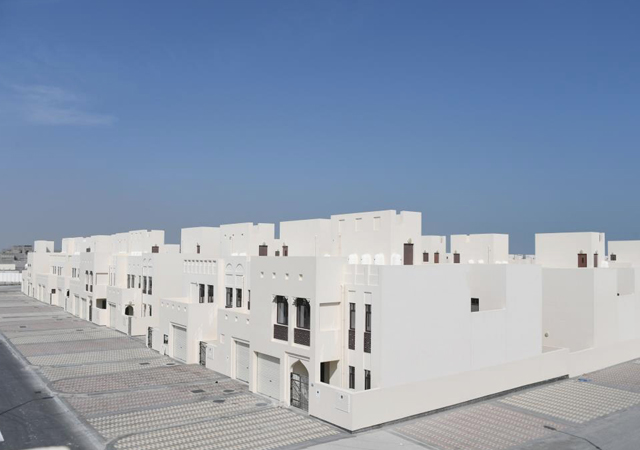







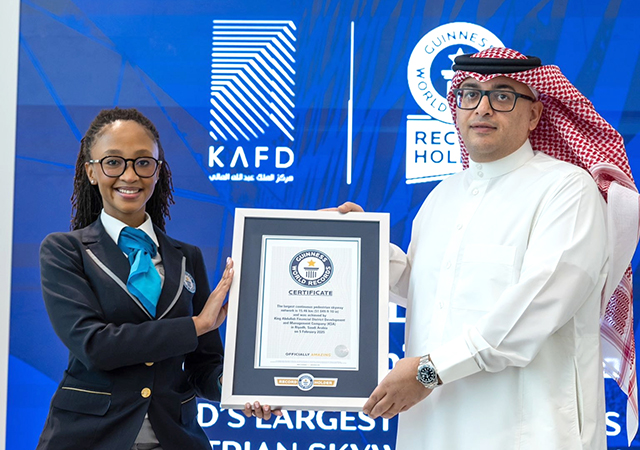



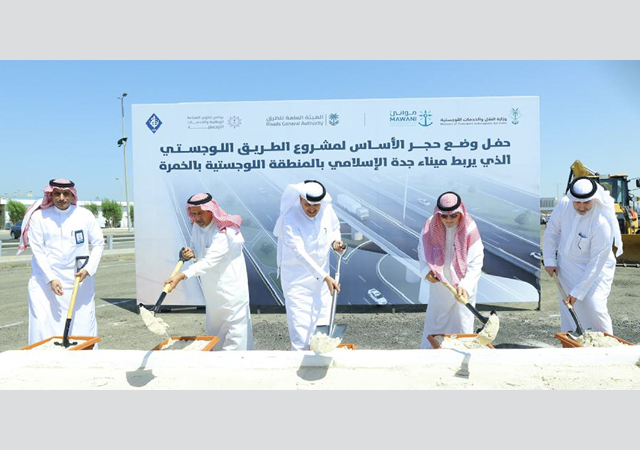




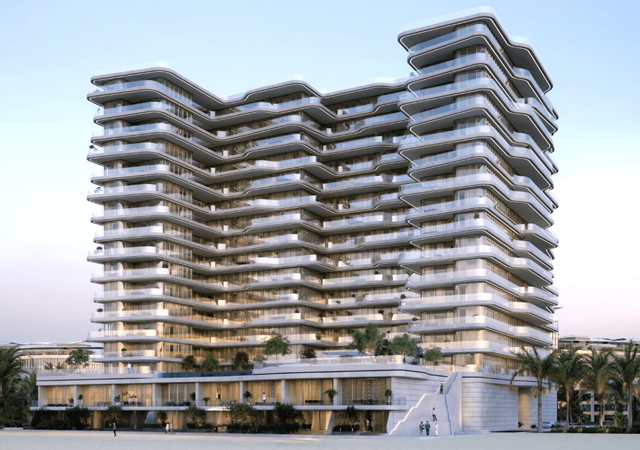


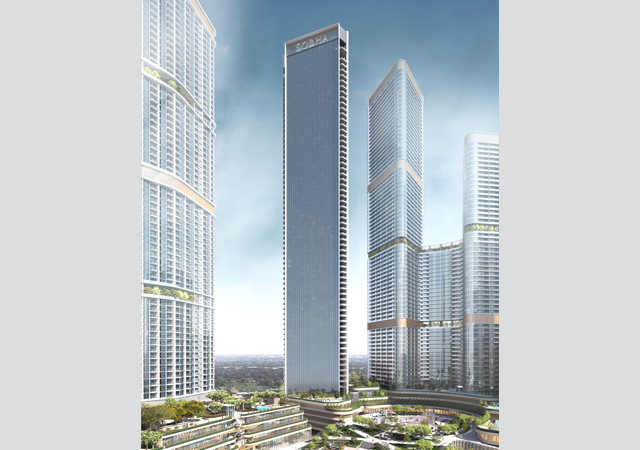
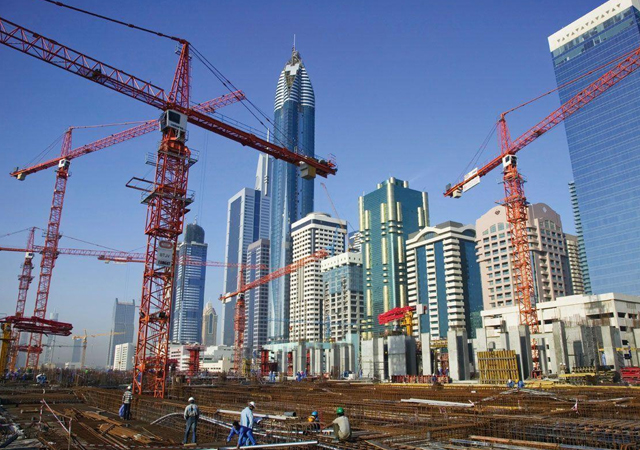





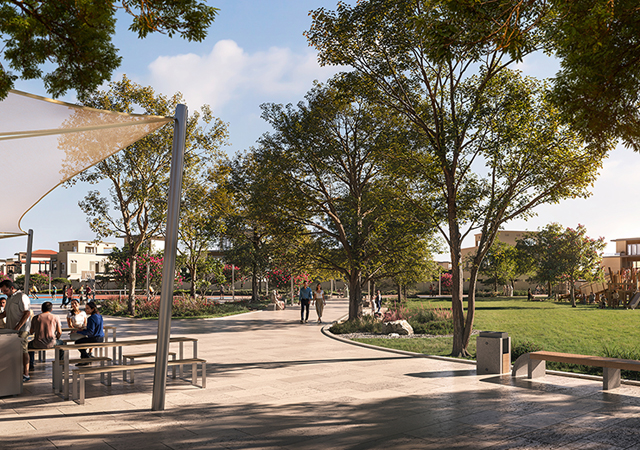

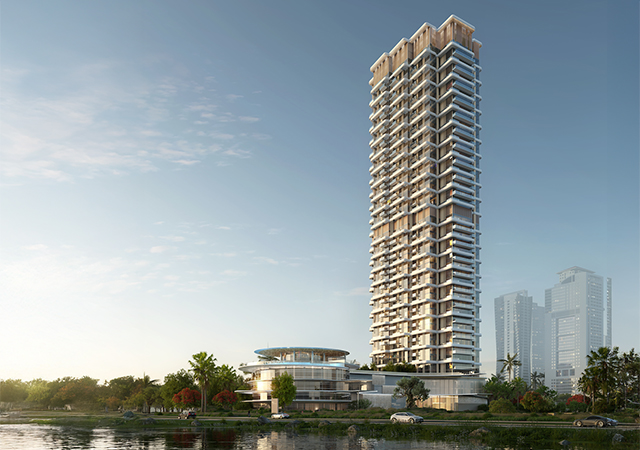

.jpg)
.jpg)

.jpg)
